Fire Over England (1937)
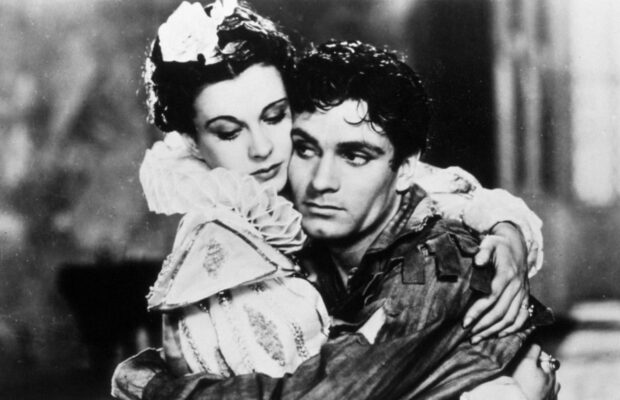
Toronto Film Society presented Fire Over England (1937) on Monday, July 9, 1984 in a double bill with Sixty Glorious Years as part of the Season 37 Summer Series, Programme 1.
Production Company: London Films (Alexander Korda). Producer: Erich Pommer. Director: William K. Howard. Screenplay: Clemence Dane and Sergei Nolbandov, from the 1936 novel by A.E.W. Mason. Camera: James Wong Howe and Eddie Cohen.
Cast: Laurence Olivier (Michael Ingolby), Vivien Leigh (Cynthia), Flora Robson (Queen Elizabeth), Leslie Banks (Earl of Leicester), Raymond Massey (King Philip of Spain), Tamara Desni (Elena), Morton Selten (Lord Burleigh), Robert Newton (Don Pedro), Robert Rendell (Don Miguel), Howard Douglas (Lord Amberley), Donald Calthrop (Don Escobal), Lyn Harding (Sir Richard), George Thirwell (Gregory), Henry Oscar (Spanish Ambassador), Charles Carson (Admiral Valdez), James Mason (bit).
This story of the Armada times (c. 1580) is played around the romance of two young people played by Olivier and Leigh, who became lovers in real life during the shooting, and subsequently married. As Michael Ingolby, whose father was killed by the Spanish Inquisition, and who narrowly escapes the same fate and becomes a double-agent for England, uncovering Philip’s plans for the Armada and the assassination of Elizabeth, Laurence Olivier plays with the fire of youth and displays his Shakespearean training in one of the most brilliant sword fights on film. You will have a chance to compare his more mature style exactly 20 years later in Richard III. Vivien Leigh, one of the most beautiful women ever to grace the screen, is at the height of her beauty here and plays expertly with refined delicacy.
With romance taken care of by the leads, Flora Robson was free to present the striking portrait of Queen Elizabeth which lies at the heart of this picture–ugly, powerful and lonely. Portraying this most enigmatic of monarchs who, by her personal qualities and astute international policies, cause her country to supplant Spain as the greatest nation on earth, with a burgeoning empire due to her world-girdling explorers, was an actress’s dream, and Dame Flora’s characterization here must be put at or very near the top of the distinguished list of others on screen-Bette Davis, Florence Eldridge, Sarah Bernhardt, Irene Worth, Jean Simmons and Glenda Jackson among them (Dame Flora repeated this role in The Sea Hawk (1940) in the U.S.) So unconventional and full of contradictions was this woman who dominated a man’s world that each actress has been able to find her own interpretation, widely differing from the others. Fred S. Nugent in the New York Times of March 5, 1937 referred to Dame Flora’s Elizabeth as “presenting her as she must have been: torn between her dignity as a queen, her frailty as a woman: tender yet ruthless, ambitious yet weary, vain yet honest. It is a sincere and eloquent performance. . . .” “Jolo” in Variety of January 27, 1937 said, “Lovers of historical tales may find fault with the liberties taken by the author and scenarists, but cannot quibble over the characterizations of Queen Elizabeth by Flora Robson, Philip of Spain by Raymond Massey, Leicester by Leslie Banks and Moron Selten’s portrayal of Lord Burghley [sic].” Both Dame Flora and Vivien Leigh appear again in our series in Caesar and Cleopatra.
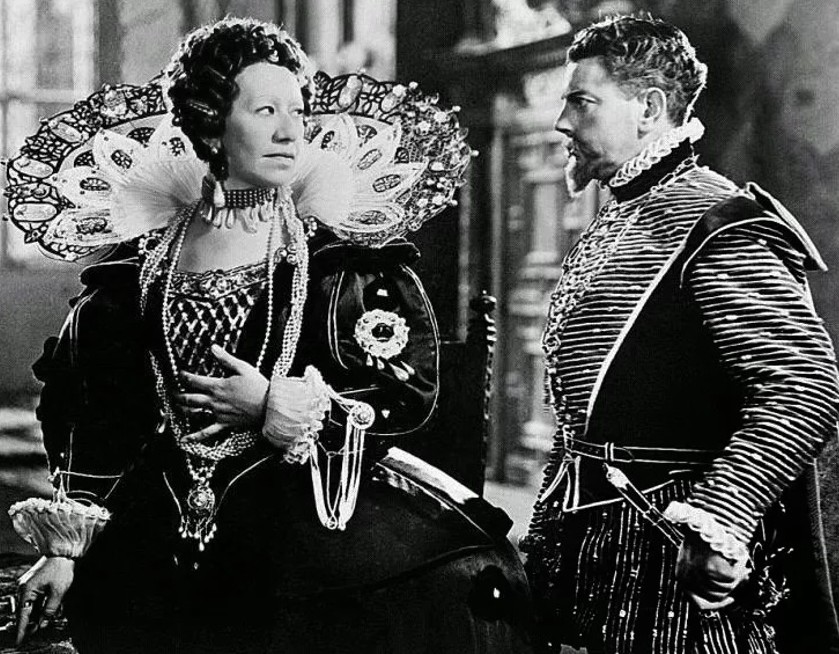
Since our series this summer is a tribute to Toronto’s Sesquicentenary, we must add our praise to “Jolo”‘s of the brilliant performance of Raymond Massey as an elegantly evil and treacherous Philip of Spain, and point out that he is our own, born in a mansion at 519 Jarvis Street that is still standing. He got his first stage experience in 1919 in, of all places, Siberia, as a member of the Canadian Expeditionary Force fighting the Bolsheviks. The first role was a far cry from the polished wickedness of Philip of Spain–“Rastus” in a minstrel show! By 1922 he was established in the London West End theatres.
Another Toronto connection occurs with Clemence Dane, the co-author of the screenplay, who was a close friend of pioneer Toronto newspaper woman Lucy Doyle, and frequently visited her here from England. Her real name was Winifred Ashton, and she had a varied career as a playwright, journalist, screenwriter, novel and short story author, essayist, sculptor and painter. But fondest of all in my memory are her chilling fantasy short stories like “Third Person Singular.” There is a nice appreciation of her by David Niven in his book Bring on the Empty Horses.
Among the character actors is Donald Calthrop, a favourite of George Bernard Shaw for his plays; and James Mason, just two years into his acting career, does a bit.
[The original British release print was listed at 92 minutes, the U.S. at 84 minutes. The print we are showing is listed at 89 minutes.]
Notes by Ron R. Anger

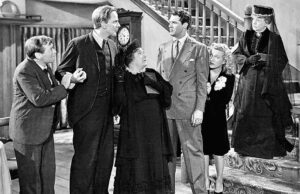
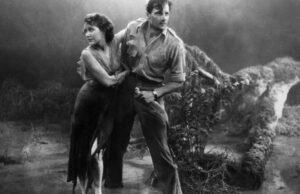
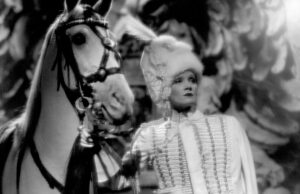






Leave a Reply